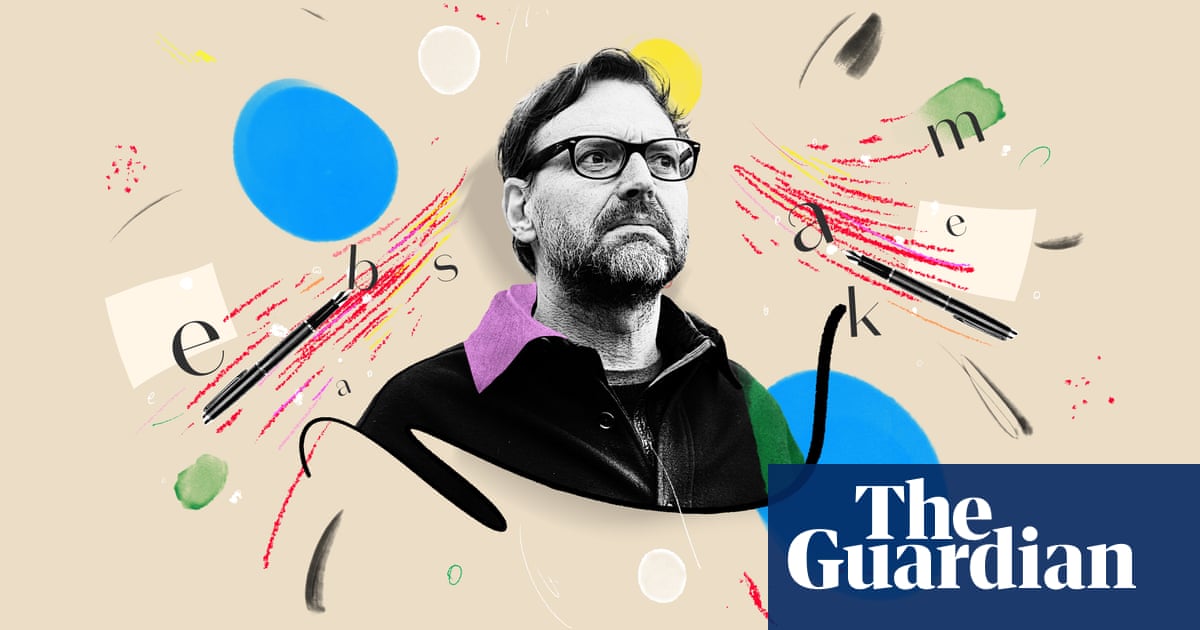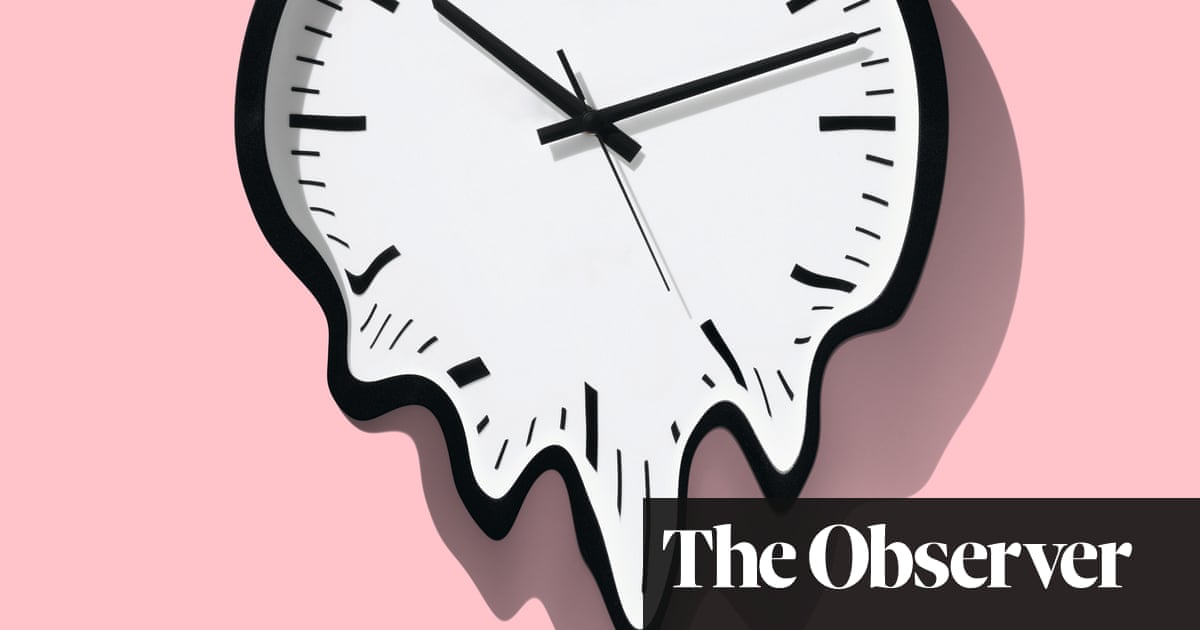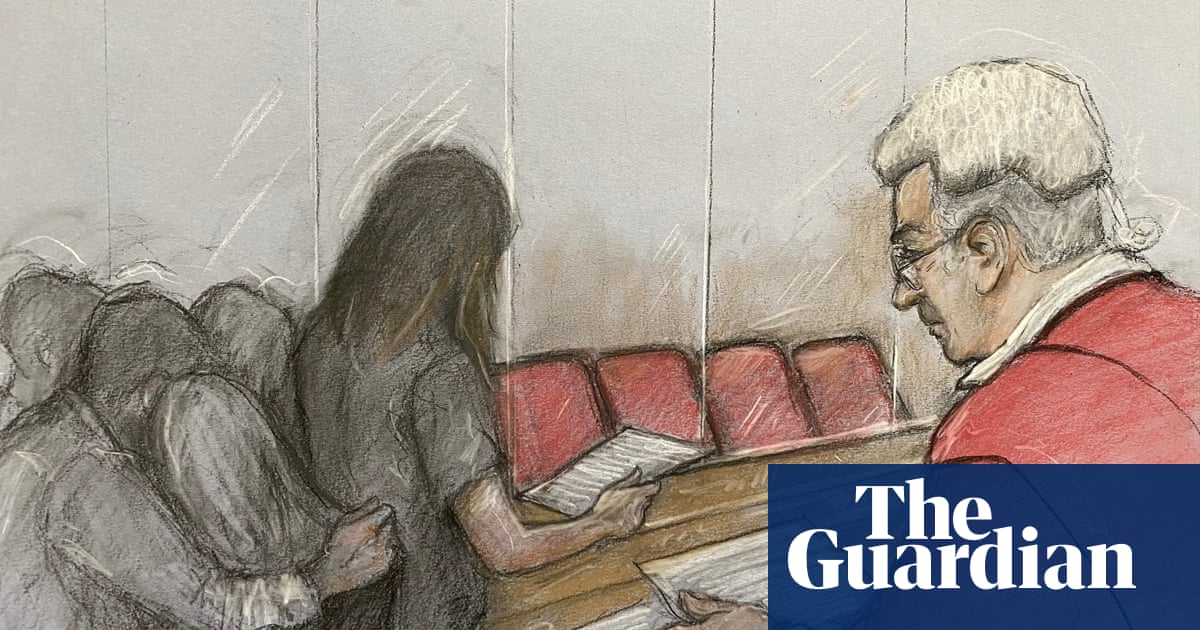
The most striking thing about Tong Yang-tze, sitting inside her modest Taipei studio residence, is her confidence, and the sense that she’s had it all along. Now in her late 70s and considered one of Taiwan’s foremost calligraphers and artists, Tong grins and jokes over cups of green tea and local sweets, belying her fame and cultural significance. “Of course I’m good!” she laughs at one point, recalling an offer early in her career from her former university to teach. “I said no, I don’t want a teaching job. At that time, everybody needed a job but I wanted to be an artist. No regrets.”
Last week Tong’s calligraphy with a modern art twist greeted visitors to the hotly anticipated M+ museum in Hong Kong, an ambitious decade-long project to create what has been dubbed Asia’s Tate Modern. The 33-gallery space, in a harbourside building designed by “starchitects” Herzog & de Meuron in collaboration with TFP Farrells and Arup, opened last week.
Tong’s work – broad and rough inky brushstrokes sweeping chaotically across and around the space – is ubiquitous in Taiwan. It is signage at train stations and airports; it is the branding of theatres, bookshops and a Chanel anniversary campaign; it features in collaborations with jazz musicians (“the only music that goes with calligraphy”) and fashion designers. It is the stamp in your passport when you arrive in Taipei.
Tong moved to Taiwan in 1952 with her family, leaving a comfortable life in Shanghai. They settled in Taipei, where she says they were poor and had no friends. Her father set her and her four siblings the task of learning calligraphy – practising 100 large characters and 200 small characters every day, all through their school years. “I fell in love with it,” she says.
After a fine arts degree at National Taiwan Normal University, a postgrad at the University of Massachusetts and a “very easy” stint as a graphic designer in New York, Tong built a career fusing the ancient traditional practice of calligraphy with modern art, illustrating deeply meaningful ancient texts. She is notoriously media shy, and can’t recall having ever done an interview in English before. She doesn’t like strangers in her home - journalists for example, she specifies apologetically – or posing for photographs. Credit for this temporary exception is apparently owed to her close friend and peer, the internationally lauded founding director of Cloud Gate Dance Theatre, Lin Hwai-min. Sitting around her glass and crochet-topped table, Lin prompts, praises and teases his old friend from 1970s New York.
When Tong talks of her private studio at university, and time spent with rich relatives on Madison Avenue, Lin laughingly calls her a princess. When she offhandedly notes she got into Taiwan’s most prestigious business school but chose art instead, he chides “stupid girl”. But he doesn’t mean it: later, when asked about their parallel rise through Taiwan’s artistic elite, he waxes lyrical.
“She really invaded all our lives in the past few decades,” he says. “Or we should say she cultivated it. Calligraphy used to be everything in the old days, and now you look out and you see the new design. But she brings calligraphy through to society. It’s truly amazing.” He looks over at her and laughs.
Tong almost rejected the M+ commission when she saw the plans for the space: no walls, all those galleries. Boring. How can you appreciate the art? But, she says, leaning forward and grinning mischievously: “I like a challenge.” Her first thought was to use a contemporary poem for the contemporary city, but instead she did the opposite, choosing passages from the I Ching, a seminal 3,000-ish-year-old Chinese text.
One pillar hosts four separate pieces, each an interpretable message for an individual, another a four-sided wraparound image, forcing viewers to circle the pillar to take it in – ensuring that wherever someone stands in that open, wall-less space, they will have a different experience of her work.
When creating for herself, Tong says she prefers working at more manageable sizes, but her grandest pieces have filled exhibition halls. Often working to commission, her work “fits the space”, she says matter of factly. But there is a caveat. “Every art exhibition will be different,” she says. “Art cannot be repeated.”
Lin shows me a video on his phone. It’s Tong creating one work hanging nearby in the National Concert Hall – she holds a brush nearly her size, gliding it around the paper sheets taped to the floor. “It’s physical work, using my whole body,” she says. But, asked what her main feeling is while she works, Tong says: “Enjoyment.”
Tong is not outwardly political, saying she “never touches it”, and sidesteps questions of the Hong Kong upheaval that has sent so many artists fleeing to Taiwan. Tong’s work will feature at the M+ gallery in a time of extraordinary political suppression in Hong Kong, with crushing censorship, cultural blacklists and an exodus of artists. In September, national security police raided the Tiananmen museum, confiscating its historical exhibits and paraphernalia. In October 2020, the History Museum was closed for renovation but the uncertain climate prompted independent efforts to digitise the entire exhibition, fearing it would be politically sanitised once reopened.
M+ has already felt the heat. Earlier this year, pro-Beijing legislators rounded on the museum over its plan to include art by Ai Weiwei in its exhibition, saying the display of some works by the Chinese dissident artist could spread “hatred against China” and violate the national security law. When it opened last week, the much anticipated exhibition included some nods to the political upheaval of the past two years, including art featuring police riot shields.
Tong’s approach does allow for experimentation, and for a respectful rebellion against the traditional that she says is driven in part by her hope to see young people drawn away from the digital world towards calligraphy. Her work, she says, can be read as a meaningful text, or simply enjoyed for its appearance. Both are equally important: while she consults with professors to interpret and choose her phrases, if they don’t look good on paper she won’t use them.
Lin says this makes her work accessible to people who can’t read Chinese, or who have not studied the ancient texts from which she draws her characters. Tong’s work has mostly shown in Taiwan, but has been sought after by collectors around the world. “The meaning for us all is beyond the characters she’s presented,” says Lin. “Most of us enjoy the special design, the musicality, the grading of the different shades of ink. You can take it as abstraction.”
Her friends and colleagues note, with gentle exasperation, Tong’s penchant to be dissatisfied with her own work and discard it. That habit will feed part of her next work, teasingly sitting in the nearby corner. “I’m an artist,” she says. “I enjoy my time and I just want freedom. I have lived by that. I was – I am – fortunate. The one thing is I need a challenge.”












